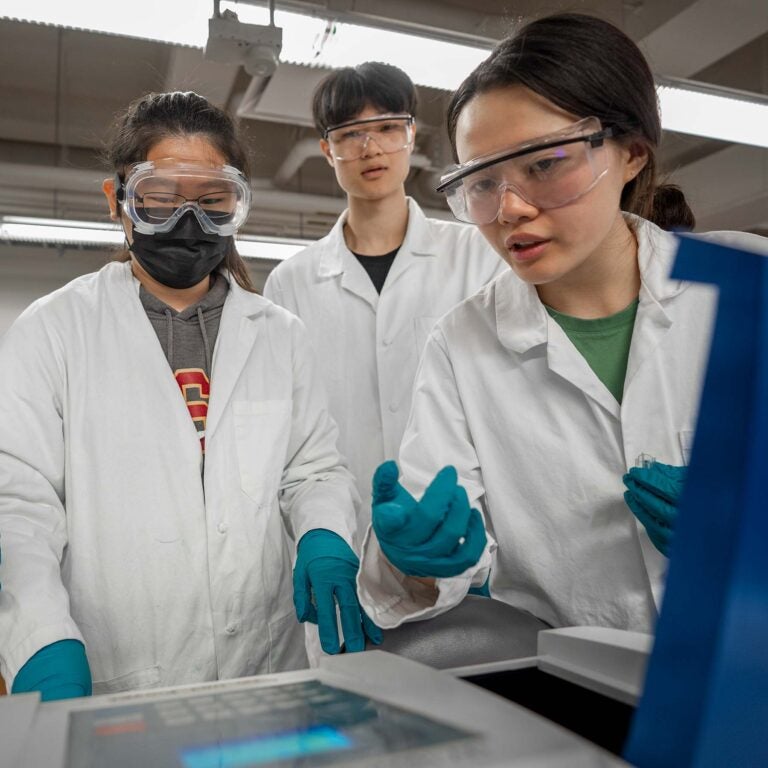Capone Lab
We have capabilities for light hydrocarbon (CH4, C2H2, C2H4 etc) analysis by gas chromatography, flurometric analysis of chlorophyll and ammonium (Turner Trilogy), and fixed wavelength and scanning UV-vis spectroscopy (Shimadzu).
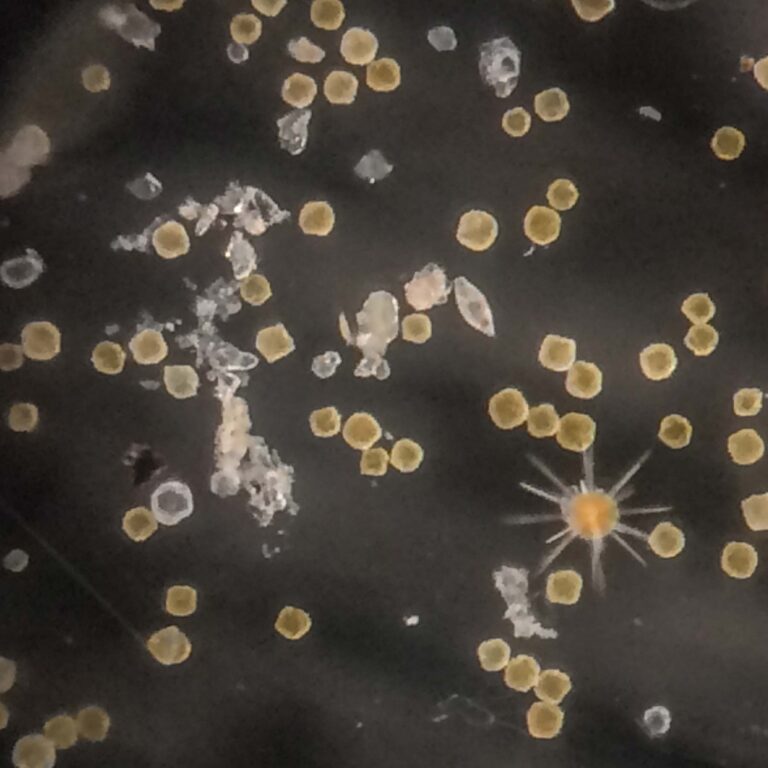
Edmands Lab
Equipped for plankton culture maintenance (light- and temperature-controlled incubators, microscopes), molecular population genetics (thermal cyclers, sonicator, Qubit fluorometer, UV/Vis spectrophotometer, water baths, gel documentation system) and genomic analyses (Linux server, CLC Genomics Workbench).

Fuhrman Lab
Walk-in controlled environmental chamber (4-40 C, humidity controlled), Olympus epifluorescence microscope (150W Xenon lamp, UV to IR fluorescence cubes), Stratagene Real Time PCR, 2 BioRad PCR cyclers, BioRad electrophoresis systems including pulsed-field gel with chiller bath, Gel documentation station, UV cross linker, hybridization oven, Type II Biosafety hood, Speedvac, 4 -80C ultracold freezers, 3 shaking incubators, Miele dishwasher, 4 10-place filtration manifolds, 8 vacuum/pressure pumps, Masterflex peristaltic pumps, oceanographic sampling bottles, refurbished (2012) Profiling Natural Fluorometer, pressure filtration vessels (2×20 and 40 liter), 6×142 mm stainless filter holders, 2 teflon 142 mm filter holders, refrigerated high speed centrifuges (2 floor units and 2 benchtops, each with several rotors), 3 refrigerated/heated circulating baths, diamond knife for TEM thin section preparations. We have 2 dedicated (our lab) computer servers for bioinformatics (e.g. metagenomic assembly), with 1 TB RAM and 120 processors, purchased in 2014 and 2020.
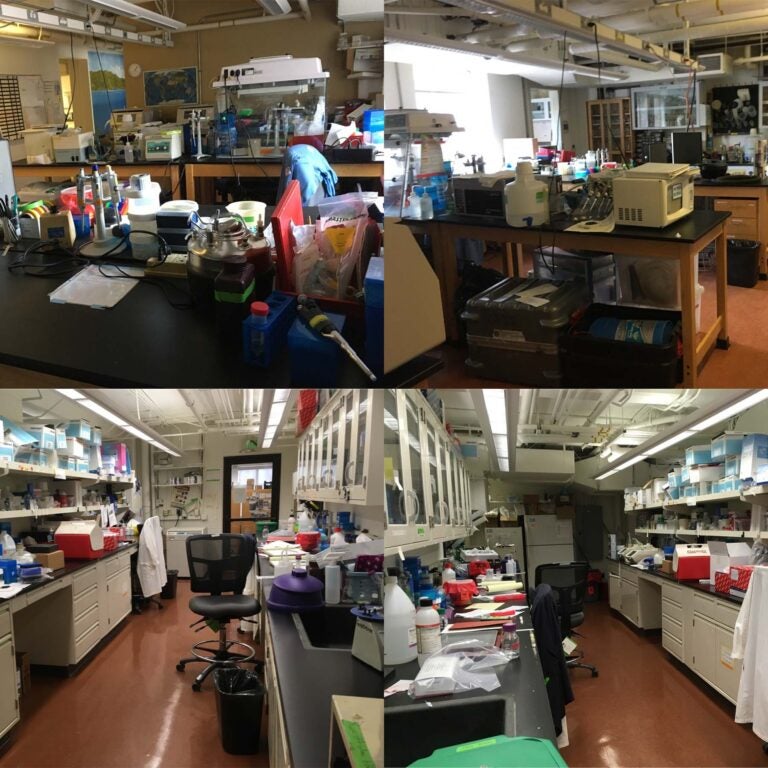
Hutchins Lab
- Two 12 bottle temperature-controlled Ecostat shipboard incubation systems (CHPT)
- 20ft shipboard scientific laboratory van with trace metal clean capabilities
- BD Accuri C6 Plus flow cytometer (USC recharge facility- on its way soon)
- Agilent 1290 Infinity UHPLC system (currently needs maintenance)
- Astoria-Pacific nutrient autoanalyzer
- UIC dissolved inorganic carbon analyzer
- Shimadzu scanning UV/Vis spectrophotometer
- CHPT photosynthetron
- Two Turner AU10 fluorometers
- Three laboratory microscopes (a Zeiss epifluorescence scope, an Olympus inverted epifluorescence scope and an Olympus BX 51 epifluorescence scope).
- Two clean areas for microbiological culturing and trace metal work
- Four algal culturing incubators

Kenkel Lab
- Aquarium room. The Kenkel lab includes one saltwater aquarium room (369 ft2) for rearing coral and conducting controlled temperature and pCO2 experiments. The room will house two recirculating temperature-controlled saltwater aquarium systems. Both systems are equipped with auto-DI top-off systems, protein skimmers, and biological and mechanical filtration systems. The first is the husbandry system, which is comprised of two 500-L holding troughs equipped with 12 AI Hydra 52 lights. Water from these troughs circulates with three 50-L breeding tanks designed to hold adult colonies during spawning and trap released larvae. The second system is the experimental system, which is comprised of 16 50-L tanks. Each tank is equipped with its own heater, CO2 solenoid, pH controller, biological and mechanical filtration and AI Prime HD light. Tanks have been designed to have flexible water exchange, such that they can be completely recirculating (UV-sterilized) or completely independent experimental units, facilitating flexible experimental design treatments, such as addition of chemicals or putative pathogens.Shared equipment (upon request):
- Biotek H1M spec plate reader
- Omni bead beater
- Metrohm automatic titrator
- Agilent AriaMx qPCR
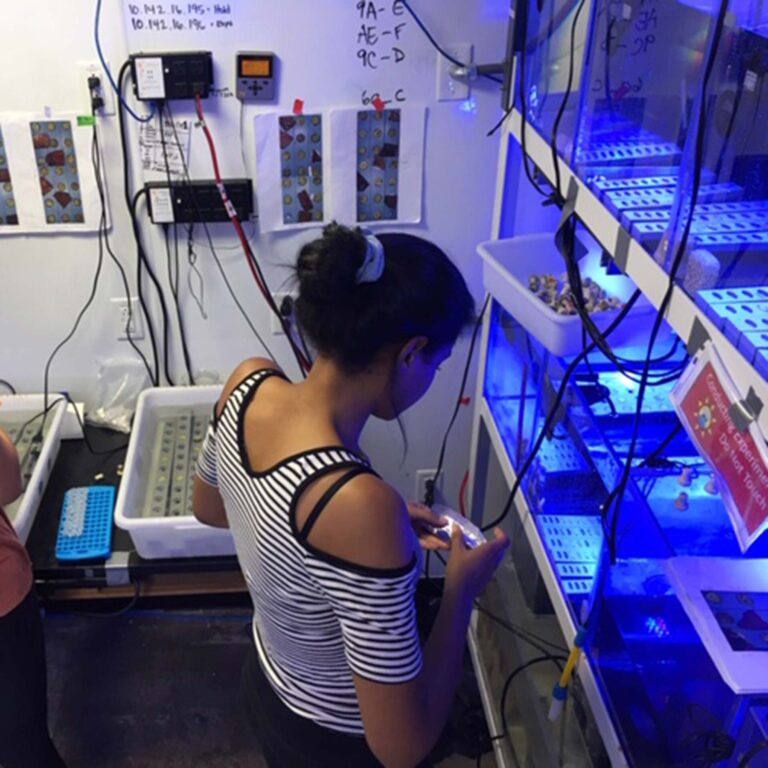
Thrash Lab
Laboratory. Dr. Thrash’s laboratory (1500 sq. feet) is located in the Allan Hancock Foundation building at the University of Southern California. The lab is equipped for large-scale water collection and transport with 1-20 L polycarbonate carboys, filtration equipment (Cole-Parmer Masterflex I/P peristaltic pump; 142 mm, 55 mm, 47 mm, and 25 mm filter assemblies; Millipore Pellicon tangential flow filtration assembly; tubing), a -20˚C and -80˚C freezer, a refrigerator, 6 dry incubators, portable cold incubators, complete molecular biology facilities for nucleic acid extraction and PCR (bead-beater, vortexes, dry baths, water baths, thermal cyclers and BioRad GelDoc EZ Imager, gel trays and power supplies, Life Technologies Qubit Fluorometer, Eppendorf refrigerated and unrefrigerated microcentrifuges and benchtop hanging bucket centrifuge), 24” AirClean portable laminar flow workstation, portable cold incubators, a PreSens optode system, vacuum pump, fume hood, Millipore Milli-Q water purification system, a full suite of chemical stocks, balances, and a pH meter.
Cultivation Infrastructure. The Thrash Lab has a dedicated cultivation room containing a Millipore Guava EasyCyte 5HT HPL benchtop flow cytometer for cell counting using a 488nm laser (which is capable of being transported and deployed shipboard), a BD Accuri C6 Plus flow cytometer with 488nm and 640 nm lasers and an autosampler, a class II/A biosafety cabinet for containment-free media inoculation and culture manipulation, an Eppendorf epMotion 5075 fluid-handling robot with HEPA-filtered chamber, and a BD Influx fluorescence activated cell sorter with 355nm, 488nm, and 640nm lasers. Elsewhere in the lab are two ThermoScientific Locator 6 Plus liquid nitrogen dewars for culture collection storage, and a dedicated bench and tank storage system for anaerobic cultivation. We also have a COY Class A anaerobic chamber and a microaerophilic glove box. We have a full suite of cultivation vessels, including serum bottles, 50 custom 96 x 2.1 mL PTFE plates, and polycarbonate and PTFE flasks of varying sizes. Finally, the lab has an acid bath for trace-metal clean cultivation.
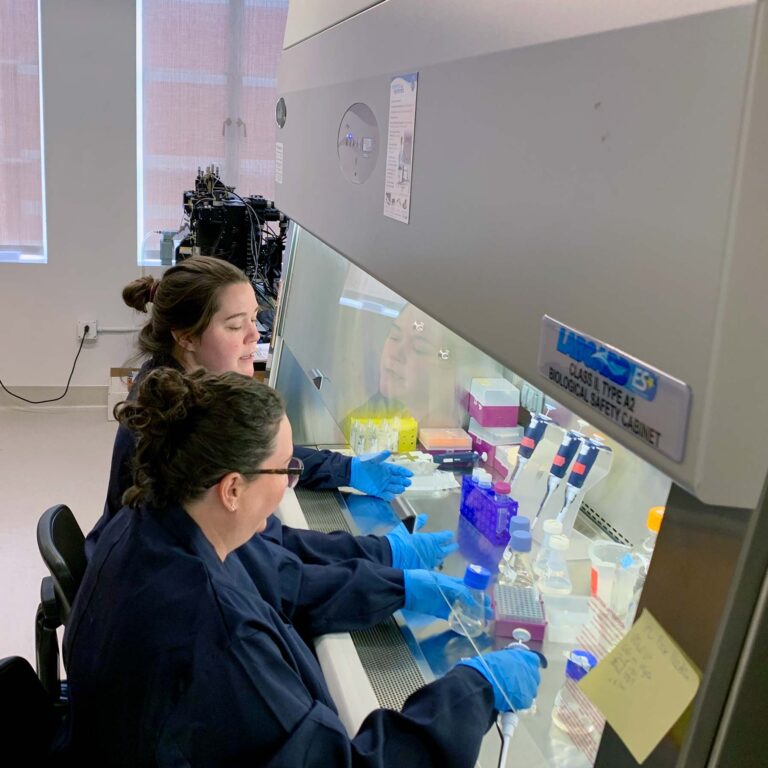
USC-AltaSea
Please visit our website for the latest information.
There are a number of facilities at AltaSea including:
- 5 recirculation systems: 1. 24* 55Gal (3ft deep) buckets, set with sock filter, 2 UVs, air, lights, and 4.5hp chiller; 2. 32* 275Gal (4ft deep) tanks, set as above; 3. 20* 50Gal shallow round tanks, set with sock filter, 2UVs, and 4.5hp chiller (will be building lights shortly); 4. 50* 5Gal buckets (currently split to two sub-system 10+40 buckets for OA and controls) set with 2 small chillers, air, UVs, and sock filters; 5. 72 half-gal cages rack, equipped with sand filter and air.
- Final stages of permitting a 75ft ‘demonstration dock’ with 2 long lines to house macroalgae and bivalves, walkable from the wharf
- Access to DI water, microscopes, and HPLCs
- Legal (though volume limited) discharge, and temporary ocean water intake into 5K gal tank (2nd is coming shortly)
- 6k usable sq. ft.
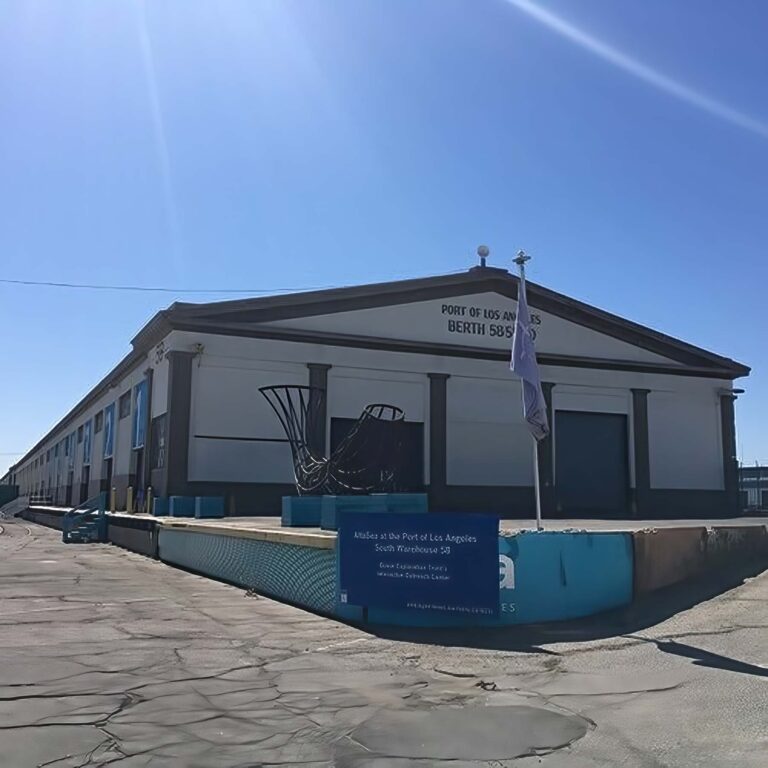
Wrigley Institue
How We Make a Difference
Research
Unfolding on land and at sea, Wrigley Institute research spans all disciplines to find holistic solutions to our world’s most pressing environmental problems.
Education
We’re training the next generation of environmental changemakers through learning opportunities in Los Angeles, on Catalina Island, and beyond.
Engagement
Signature events spark meaningful, nonpartisan change to save our planet.
Training
Our bachelor’s and master’s degree programs train students to view the environment with fresh eyes and develop novel, world-changing solutions to big problems.
Support to Find Solutions
Whether on USC’s main campus or at our one-of-a-kind marine lab on Catalina Island, interns and fellows pursue their passions with the support of funding, leading faculty, and dedicated staff.
Please visit The Wrigley Institute for more information.
